To access the Experimental branch: Right click CAOS in your steam library > Select Properties > Click on Betas > and Select Experimental from the Beta Participation dropdown.
System Updates:
Combat Engineering Overhaul:
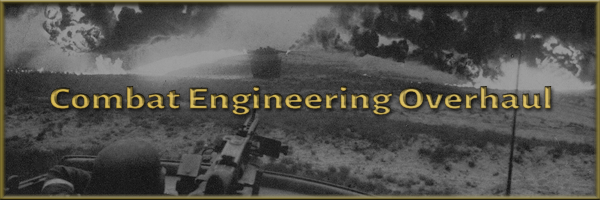
Churchill Crocodile enjoyers rejoice! We have improved the combat engineering system to make it more consistent, detailed, and accessible.
What’s New in Combat Engineering?
Combat engineering now consists of the combat engineering value of participating units + 50% of the fire/air support value assigned to the battle. Moreover, most tank guns over 95mm in bore now possess a combat engineering value proportional to their explosive yield. Combat engineering now further models the intricate details of differences in availability of breaching charges, tactical de-mining equipment, man-packed flamethrowers, and flammable oil capacity in flame tanks. Consequently, the radically different combat engineering capabilities between nations, years, and unit types are readily apparent now. See the example weapon cards below for some of the more striking differences in combat engineering capabilities.
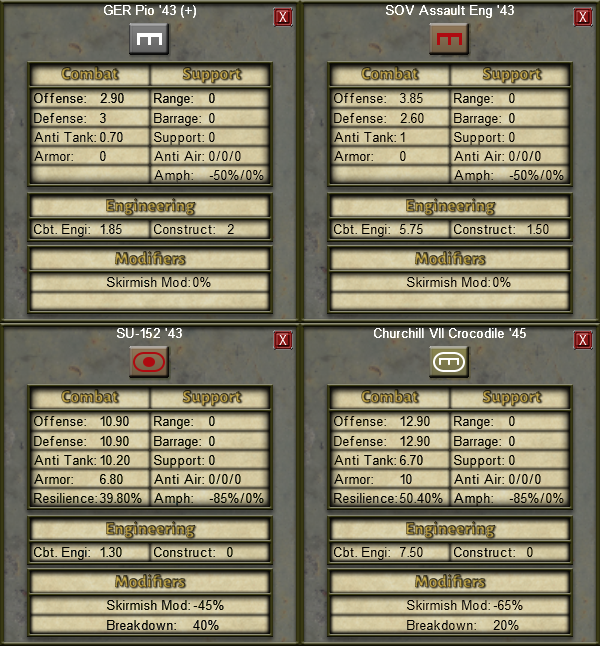
Update 1.0.8.9’s engineering update creates 3 broad schools of thought for assaulting forts, all reflective of wartime practices: 1) The American approach: employ a few strong combat engineer regiments and backing them up with apocalyptic levels of fire support. 2) The Soviet approach: concentrate flamethrower engineers and back them up with heavy assault guns such as SU-152s. 3) The British approach of de-prioritizing infantry engineers entirely and instead smashing forts with highly specialized assault engineering vehicles, such as the Crocodile.
There is of course the 4th option....to just barrage the fort until you crater it out of existence. But this strategy only works against level 1 forts and its efficacy is hit and miss.
Attack Scenario Overhaul:
Attack scenarios now use fixed requisition point schedules to craft a more tailored experience that divides attack scenarios into 3 distinct phases: 1) Attacker offensive. 2) Defender Counterattack. 3) Both sides attack. Defenders can now afford to sacrifice land for time and attackers must plan ahead to endure the looming counterattack. See the table below for a general overview of the total # of requisition points each side will amass by major turn milestones out to a max length of 60 turns (although most Attack scenarios will not be longer than 30).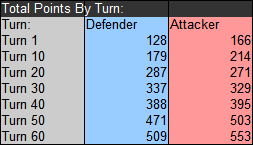
In the spirit of major Eastern Front offensive operations, the Attacker is really just the first attacker. The defender's counter stroke will arrive about 12 turns into the game, and the Attacker needs to make the most out of their initial advantage to carve out a secure lodgment.
On a game balance note, in playtesting we have generally found these numbers feel balanced on wide-open maps such as Somme or Kharkov. But we feel that they are skewed in the defender's favor on highly defensible maps such as Ardennes or Sicily. For the full update release we will likely use different requisition point formulas for different maps.
Scenario Updates/General Gameplay:
- Added Training Lock, a new scenario option that can limit or disable changing training levels. Training lock can be set to free (default), limited (training levels can be changed by +/- 1 level), or historical (no changes allowed at all).
- Doubled the size of defender spawn zones in Attack scenarios.
- Improved air zone generation logic in all standard scenarios.
- Lowered the threshold to consider airspace contested. Large swathes of contested airspace between relatively evenly matched airforces are now more common.
- Slightly improved AT performance the lower end of the Anti-tank fire tables (between AT values 10-60). Concentrating AT guns in the early war years is notably more effective.
- Raised the top of the standard (non-counterbattery) barrage table from 120 to 150 barrage points. Slight general reduction in barrage effectiveness at higher levels.
- Slightly increased effectiveness of intermediate strength barrages (40-70 points). Harassment fire from divisional level gun regiments (which often hover around 40 barrage) is more effective.
- Substantial improvements to counter-battery effectiveness against large concentrations of enemy artillery. Raised the top of the Counter-Battery barrage table from 80 to 105.
- Improved the effectiveness of bombing and strike missions against artillery.
User Interface Updates:
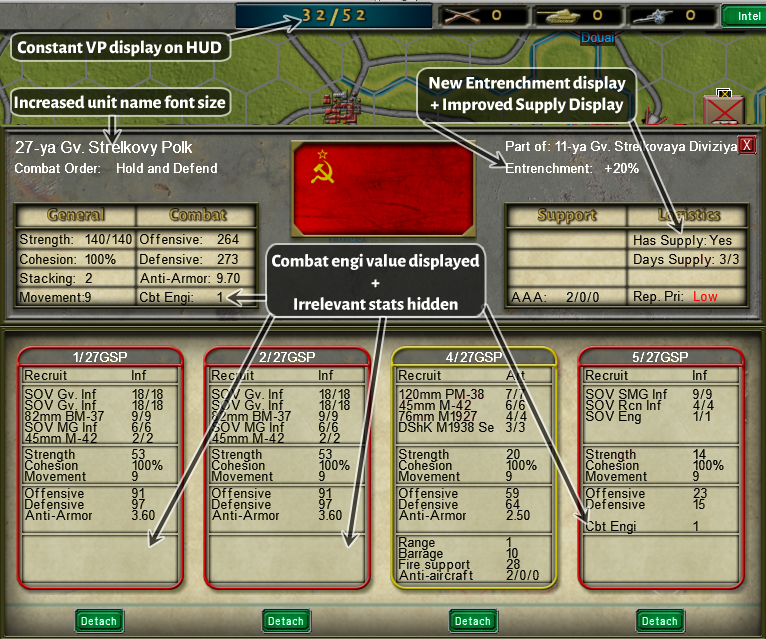
Update 1.0.8.9 continues our efforts to gradually improve the UI by highlighting information that was previously either poorly communicated to the player or totally absent. As an example, Anti-Tank, Barrage, and Combat Engineering now all display a 1-word assessment in combat reports so players can immediately determine what’s “enough.” See the example above for details
- Total controlled VPs out of total VPs now constantly displays at the top of the HUD, drawn over the side/color patch.
- Combat reports now display attacker combat engineering value if the battle involved a fort, along with a rough assessment of combat engineering strength (light, moderate, heavy, extreme, etc.).
- Anti-tank value on reports now displays a rough assessment of AT strength (light, moderate, heavy, overkill, etc.), in addition to the number.
- Barrage reports now display a rough strength assessment (light, moderate, heavy, overkill, etc.), just like anti-tank values in combat reports.
- Regiment cards now display “Entrenchment bonus as +20%” instead of as a cryptic “Dug In: 0.2”
- Improved text formatting on unit names/unit parent names on regiment card to make it more readable.
- Selected unit support totals now display combat engineering value in the requisition menu.
- Regiment cards no longer display statistics that are either 0 or not relevant to the unit, to reduce information overload on cards. For example, units with 0 AT simply will not display an AT value. Likewise, attachments that cannot execute fire missions, but have some artillery inside of them (such as mortars inside infantry battalions), no longer list artillery statistics.
- Improved display of supply status on regiment card to eliminate potential points of confusion as units reach the end of their supply.
OB Additions and Updates:
Germany:
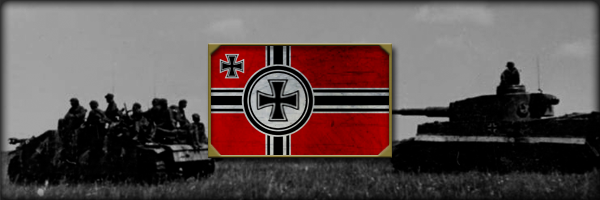
Standard Germany 1943:
Germany 1943 rolls into Update 1.0.8.9 with a trainload of new units to throw into the meat grinder. Many of the new updates are drawn from Kursk, but we have brought fascinating oddities from occupied France as well. The new assets range from nebelwerfers to Char B flame tanks, and of course, more StuGs, because it’s impossible to update a German OB without being ambushed by StuGs.- Added 113. Infanterie Division in its July 1943, Kursk organization.
- Added 227. Infanterie Division in its November 1943 organization as a freshly re-formed division.
- Added 332. Infanterie Division, as it stood in garrison on the Channel Islands in summer, 1943. The new organization includes other elements of the islands’ garrison under division control, including 213. Pz. Abt (Char-B/Char B Flame).
- Added 343. Infanterie Division, freshly reformed in France in summer, 1943.
- Added 14-vehicle StuG III G companies (officially “battalions” at the time) to the Panzerjager Abteilungen of 5 and 28th Jäger Divisions, in keeping with their June/July 1943 equipment delivery schedules.
- Added 1, 5, and 13. Jäger battalions, motorized (on RSOs). These former anti-partisan units were adapted to serve as QRF forces and later motorized infantry at Kursk.
- Added 4. AOK Sturm-Battaillon in its October 1943 organization.
- Added 68 and 95. Aufklarungs Abteilungen, both bicycle mounted.
- Added 1. Werfer Brigade.
- Added 154. Schwere Artillerie Abteilung (Czech 15cm sFH 37(t)s).
- Added 730. Schwere Artillerie Abteilung (x12 10cm K35(t), x4 leFH 18s).
- Added missing 11th battery (15cm Nebelwerfers) to 1. SS Panzer Artillerie Regiment.
- Lost sanity updating the aberrant organization of the 78. Sturm to reflect its state on the eve of Kursk. This re-organization reflects the division’s extreme over-abundance of 7.5cm PaK 40s (71 on hand), differences in regimental heavy weapons companies, and likely variations between Sturm battalion organizations between regiments.
- Updated Marder inventories of the Heer and SS Panzer/Panzergrenadier Divisions present at Kursk to reflect Marders on hand at the battle. This generally lowers Marder inventories by 9-14 vehicles on average per division.
- Split SS Panzergrenadier heavy weapons units into separate artillery and pioneer/recon companies, instead of trying to fit the vast diversity of equipment used by these units into a composite battalion.
- Updated various infantry divisions present at Kursk to reflect their on-hand AT gun types. This generally increases the number of captured French 7.5cm PaK 97/38s and Soviet FK 39(r) in German units.
- Split the heavy weapon companies of the various recon mechanized recon battalions into their own attachment to facilitate battlegrouping and to get around the 5-weapon types per unit limit.
Standard Germany 1942:
- Added 1, 2, and 3. Jäger battalions.
Soviet Union:
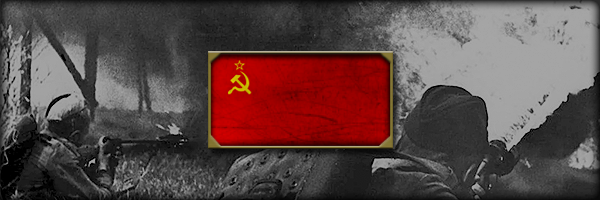
Soviet: 1943
- Added the 2nd Guards Mortar (Rocket) Division, totaling 72 M-30-4 towed rocket launchers.
- Added the 85th, 93rd, 310th, 313th Mortar (Rocket) Regiments. Totaling 48 BM-13-16 self-propelled rocket launchers.
- Added the 13th and 16th Anti-Aircraft Divisions.
Soviet: 1939-1941
- Reorganized engineer battalions in keeping with relevant tables of organization for the division’s formation date. Previously most Soviet engineer battalions used a standardized organization from fall 1940.
- Converted generic engineer squads to flamethrower squads in rifle regiments, where applicable.
- Added independent flamethrower (termed Chemical Defense Companies by the Red Army), to relevant rifle divisions in 1941.
United States:
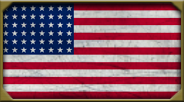
- Revised US Armored Division engineer battalions to include 2 motorized and 1 armored engineer companies, instead of 3 fully mechanized companies 1943-1945.
AI Improvements:
- Improved AI air recon mission placement logic to improve frontline coverage and better align air recon locations with the AI’s planned advances.
Bug Fixes:
- Fixed a long-standing bug that caused units in the deployment box to clip through the bottom HUD and deploy on the map when creating battlegroups by dragging and dropping units together.
- Added code support in scenario config to set a cut-off date, after which a player can no longer purchase new landing markers or load points.
- Fixed a bug that broke the ability to check individual supply dump ranges in the Supply Overlay after selecting a Supply Extender.

Changed depots in experimental branch